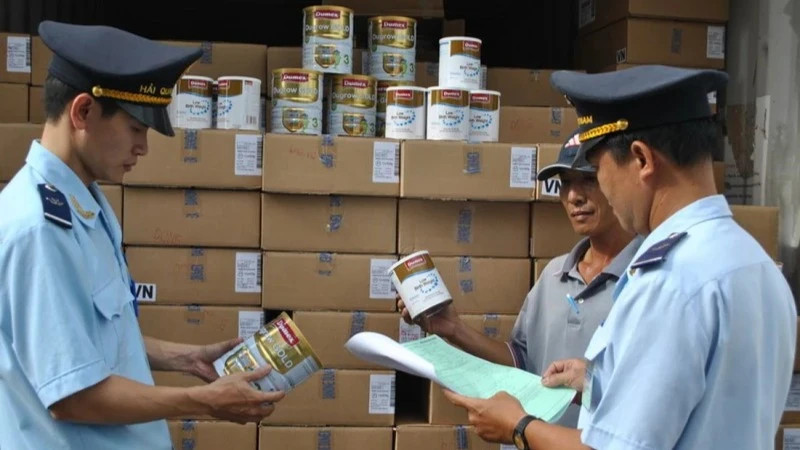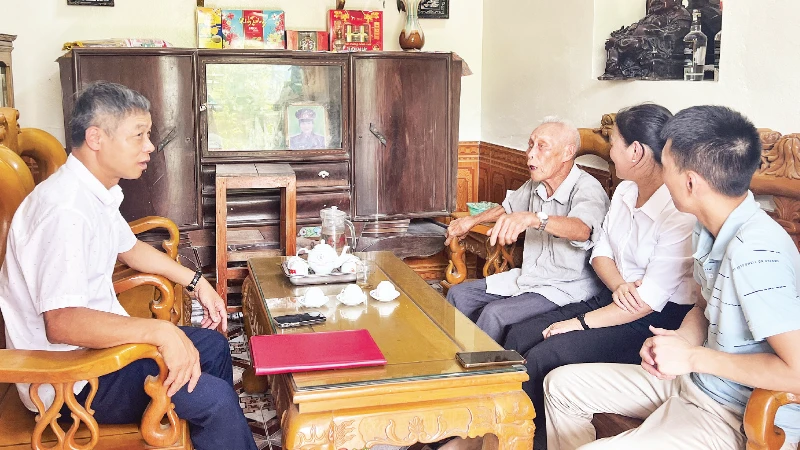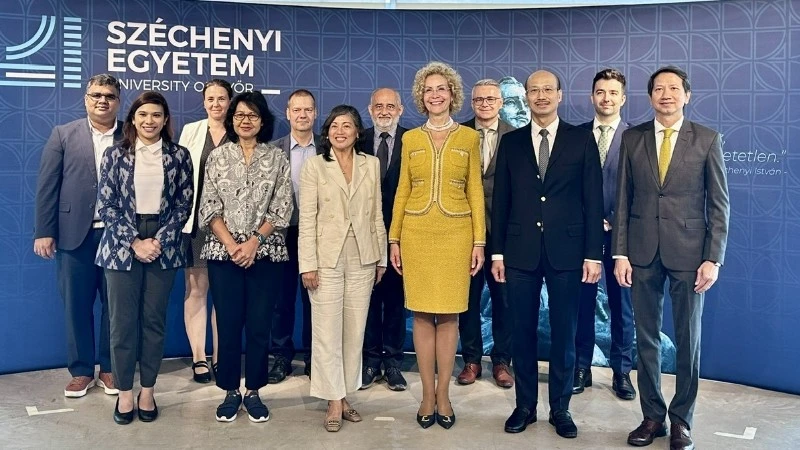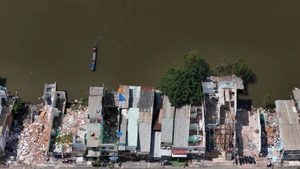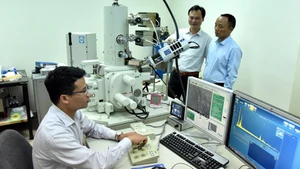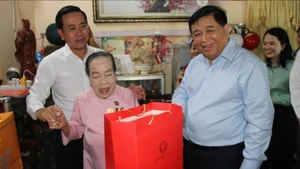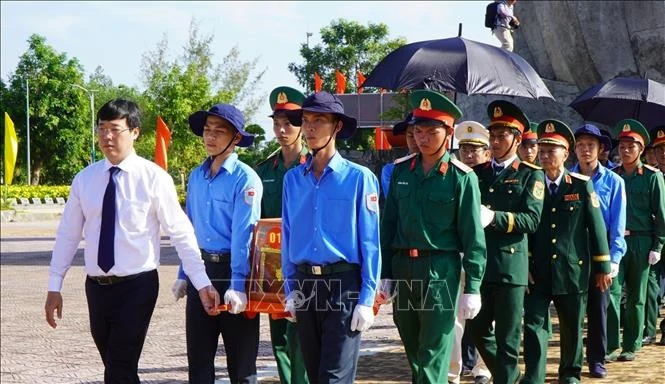Accordingly, products and goods, depending on the level of risk (medium or low), will have some administrative procedures simplified to be brought to the market first, while state agencies will monitor and inspect later, through periodic or surprise inspections and checks. The post-inspection mechanism will help detect and promptly prevent food safety violations, preventing products that do not ensure quality, have an unknown origin, or are smuggled from circulating on the market.
The post-inspection mechanism is considered a big step forward, creating conditions for enterprises to be more proactive in production and business, promoting the circulation of goods, saving compliance costs, and at the same time promoting the responsibility of enterprises following the spirit of Resolution No.68-NQ/TW dated May 4, 2025 of the Politburo on private economic development.
In the parliament, National Assembly deputies discussed tightening regulations and severely punishing fraud in product quality to increase the effectiveness of supervision and protect consumer rights. We do not lack regulations in product and goods quality management. However, the overlap, confusion, and lack of coordination between the assigned functional forces have raised the question: “Who will inspect and take responsibility to the end?”.
Recently, a series of cases related to fake medicines, milk and functional foods have been exposed, such as the case of Rance Pharma Company and Hacofood Group producing up to 573 brands of fake milk powder for patients and children; the Kera vegetable candy case, showing that the post-inspection stage has not been effective, the relevant agencies are still lacking responsibility due to many loopholes in the regulations.
For products and goods that have not been pre-inspected, the biggest challenge is the ability to detect and handle risks promptly in the post-inspection stage. In the context of the increasing number of self-declared products, it is required that the quality control force be sufficiently large and strong. Along with that is the need to fully equip equipment, analysis tools and a system to connect and share data between sectors and localities in a timely and smooth manner. In particular, for the post-inspection mechanism to be truly effective and efficient, it is necessary to overcome the situation of scattered focal points; The responsibility for inspection and supervision is "passed on and relied on" through many agencies.
There needs to be a substantive coordination mechanism, in which the leading unit and coordinating unit are identified, and when there are violations, responsibility can be pursued to the end. The results of post-inspection must become a public and transparent measure of the completion of public duties of each relevant organisation and individual. This is also the way to improve administrative discipline, management effectiveness, and at the same time, protect the legitimate rights of consumers.
The Law amending and supplementing several articles of the Law on Product and Goods Quality lays the foundation for a post-inspection mechanism with clear implementation responsibilities. Therefore, it is necessary to put forward the most general principles of post-inspection activities suitable for each group of products and goods according to the risk level, so that the Government can specify them, helping ministries, branches and localities to unify in coordinating implementation, assigning responsibilities to improve the effectiveness and efficiency of inspection activities.
